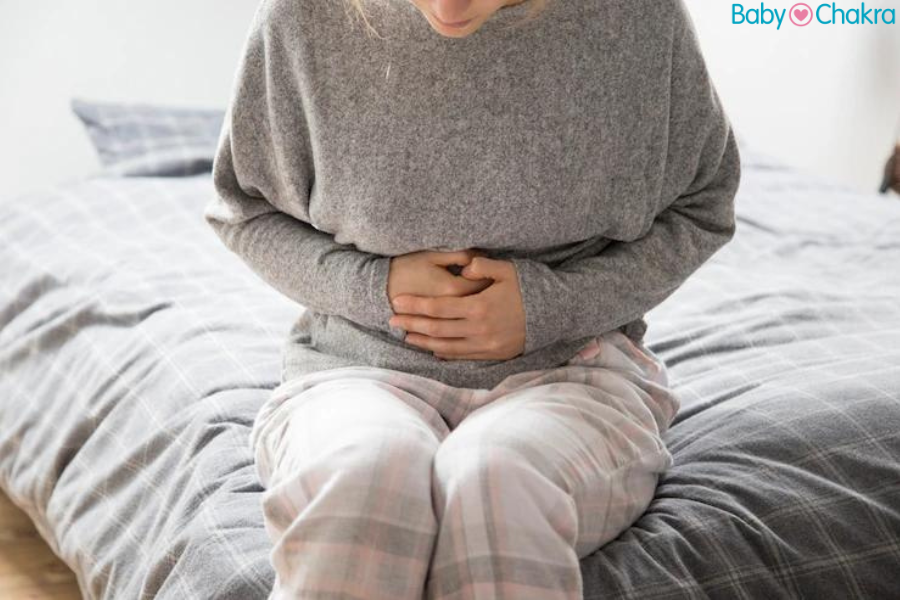
First Periods After Delivery: What To Expect And How To Care For Your Body
16 Jan 2023 | 5 min Read
Manisha Pradhan
Author | 1053 Articles
During your pregnancy, you’ll have at least nine months of freedom from your periods. After delivery, you will want to know when you will get your first periods after delivery. While it’s difficult to know exactly when your periods will start again post-delivery, as everyone is different, your first period after delivery can start as early as five to six weeks after delivery if you are not breastfeeding your infant.
But if your baby is only breastfeeding then chances are that your periods will start late. This is because the hormone prolactin which causes your body to make breast milk can stop your body from making the hormones that are responsible for your periods. However, there’s more to periods after delivery.
First Period After Delivery: What Can I Expect?
Period cycles can change after delivery from what you experienced before your pregnancy. It is also normal for your periods to fluctuate between cycles in length, time and intensity of bleeding. between cycles, and intensity of bleeding. Most women have a “normal” menstrual cycle of 21 to 35 days postpartum.
There are a few changes that you may experience once you start your periods after delivery:
- Once your period after delivery starts you might notice a decrease in your milk supply.
- It may change the taste of your breastmilk and your baby is likely to breastfeed less often.
- The first period after delivery may not be like your period before you got pregnant. That is because your body is adjusting to menstruation after nine long months of not getting periods.
- The first periods after delivery can be heavier than you were used to before pregnancy.
- You may experience intense cramping, that’s because of the increased amount of uterine lining that needs to be shed.
- Some women also face complications such as thyroid problems or adenomyosis which causes heavy bleeding during periods after delivery.
- While some may experience light periods caused by two Asherman syndrome which causes scars in the uterus tissues and Sheehan syndrome which damages the pituitary gland and results in severe blood loss.
How Can I Tell The Difference Between Postpartum Bleeding And Periods After Delivery?
Regardless of whether you have a normal vaginal delivery or a cesarean delivery, you may experience some vaginal discharge and bleeding after delivery. That is because your body continues to shed the tissue and blood that lined your uterus during pregnancy.
In the first few weeks after delivery, the bleeding might be heavier and appear in clots. But after a few weeks, the blood gives way to vaginal discharge known as lochia. This body fluid can appear clear, creamy white or red in colour and can continue for about six weeks. If you are not breastfeeding, this is also the time for your period to return.
This can get confusing so If you aren’t sure if the bleeding you’re experiencing is lochia or your periods, here are a few ways to tell the difference:
- Lochia is lighter and can be white or watery in appearance. Even if it’s red, it isn’t usually bright red in colour after the first week postpartum.
- Bright red bleeding that occurs after six weeks onwards post delivery, is more likely to be your periods.
- Lochia tends to have a sweet odour as it’s mixed with leftover tissue from the pregnancy.
- If your discharge increases with exertion and decreases with rest, chances are it’s lochia and not periods. Pregnancy-related bleeding increases when you exert yourself or increase physical activity.
When Should I Be Worried About Periods After Delivery?
There is nothing much to be worried about periods after delivery even if starts a little later than expected. However, if you have any of the following symptoms it is advisable to consult your doctor as these could indicate infections:
- Bleeding accompanied by sudden and severe pain.
- Bleeding accompanied by fever.
- Bleeding for more than seven days.
- Excessive heavy bleeding, where you need to change more than one pad every hour.
- Severe headache.
- Pain while urinating.
- Foul-smelling discharge.
- Difficulty breathing.
- Big clots of blood.
How Should I Take Care Of My Body During Periods After Delivery?
- Period pain can be very difficult to manage and during periods after delivery, the pain could be severe. Taking painkillers may not be advisable if you are still breastfeeding your baby. Using a natural pain relief oil can be very helpful to ease the pain.
- If you were using tampons during your monthly cycle before pregnancy, it’s better to switch to using sanitary pads during your periods after delivery. As your body is still healing from giving birth and using tampons can cause injury. Your doctor may advise you to start using tampons only after six to seven weeks post-delivery.
- Exercising regularly will ease the period pain.
- Eating a healthy balanced diet after delivery is important and it’s more important to do so when you start your periods after delivery.
- Good rest is essential during your periods after delivery as your body is still healing postpartum and period after delivery.
Cover image source: freepik
A


Suggestions offered by doctors on BabyChakra are of advisory nature i.e., for educational and informational purposes only. Content posted on, created for, or compiled by BabyChakra is not intended or designed to replace your doctor's independent judgment about any symptom, condition, or the appropriateness or risks of a procedure or treatment for a given person.

